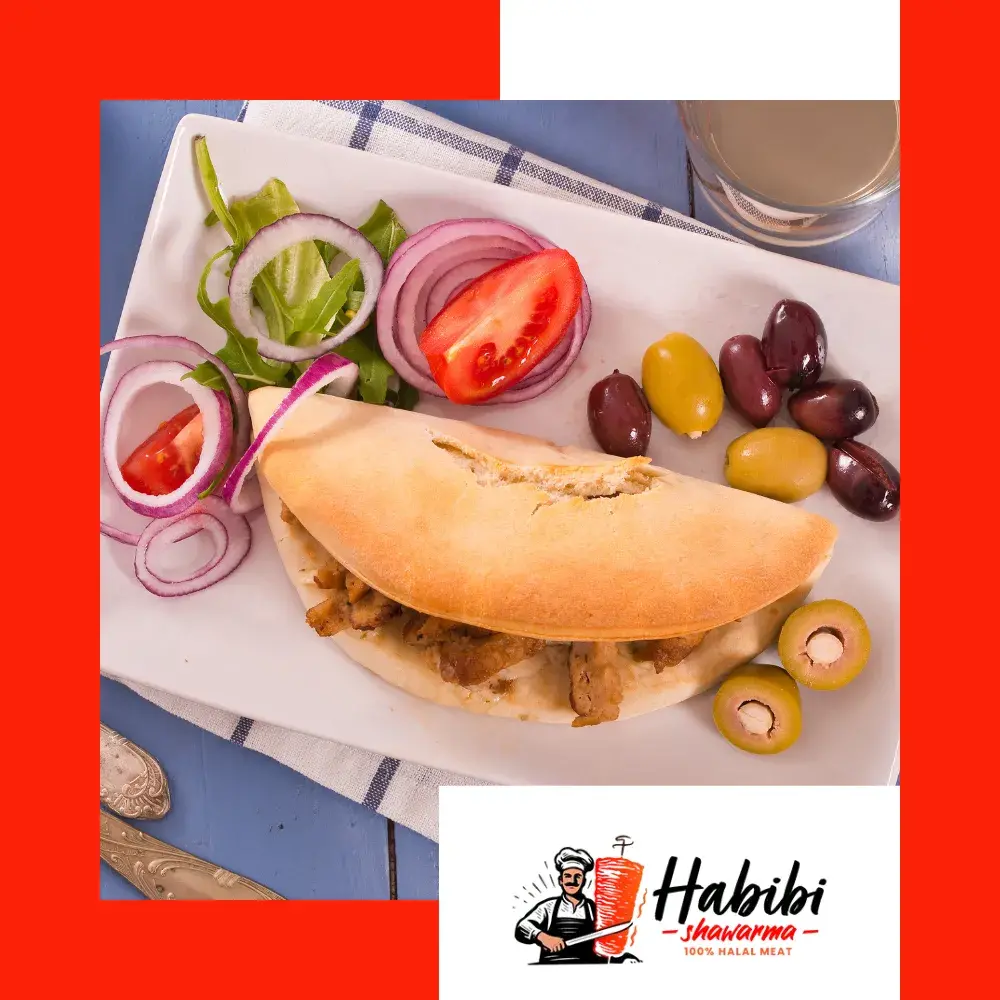A Symbol of Unity at Family Gatherings
In Middle Eastern cultures, pita bread serves as more than just food—it represents unity and community. During family gatherings, particularly for festivals, pita is often prepared and shared among relatives, friends, and guests as a gesture of hospitality. Its presence on the table emphasizes a tradition of togetherness, as breaking and sharing pita creates an experience of bonding. For many, pita bread is associated with these moments of warmth and closeness, embodying the spirit of connection that lies at the heart of Middle Eastern celebrations.
Pita Bread in Religious Festivities
Religious festivals across the Middle East often incorporate pita bread as a central component of ceremonial meals. During observances such as Ramadan, pita accompanies various traditional dishes for Iftar, the meal breaking the daily fast. Its soft texture and mild flavor complement rich foods like hummus, lamb, and vegetables, making it an ideal choice for these significant meals. In other religious festivities, pita’s role as a humble, staple bread reinforces values of gratitude and mindfulness, reminding those partaking to reflect on blessings shared with family and friends.
Celebratory Meals and Cultural Significance
From weddings to harvest festivals, pita bread is ever-present in Middle Eastern celebrations. It is a staple at grand feasts, offering versatility as it pairs well with a wide array of traditional dishes. Often, it is freshly baked in preparation for these events, filling homes with the comforting aroma of baked bread—a scent associated with joy and festivity. Pita’s versatility means it can be eaten alone, dipped, or filled, adding to its central role in celebratory meals. For many families, the process of making pita together before a celebration is as meaningful as the meal itself.
Preserving Tradition Through Pita Bread
Pita bread also holds cultural significance as a symbol of heritage in Middle Eastern societies. During festivals, elders often pass down family pita recipes, ensuring that younger generations inherit the techniques and traditions of bread-making. This ritual of learning and sharing traditional recipes reinforces cultural identity and keeps the legacy of pita bread alive. As pita continues to be enjoyed in Middle Eastern households and beyond, it remains a connection to ancestral customs, blending past and present in every bite.
Learn More
Pita Bread as a Cultural Icon: Its Importance in Historical Middle Eastern Meals
Pita Bread as a Cultural Icon: Its Importance in Historical Middle Eastern Meals
Pita Bread’s Historical Significance: A Symbol of Middle Eastern Culinary Heritage

